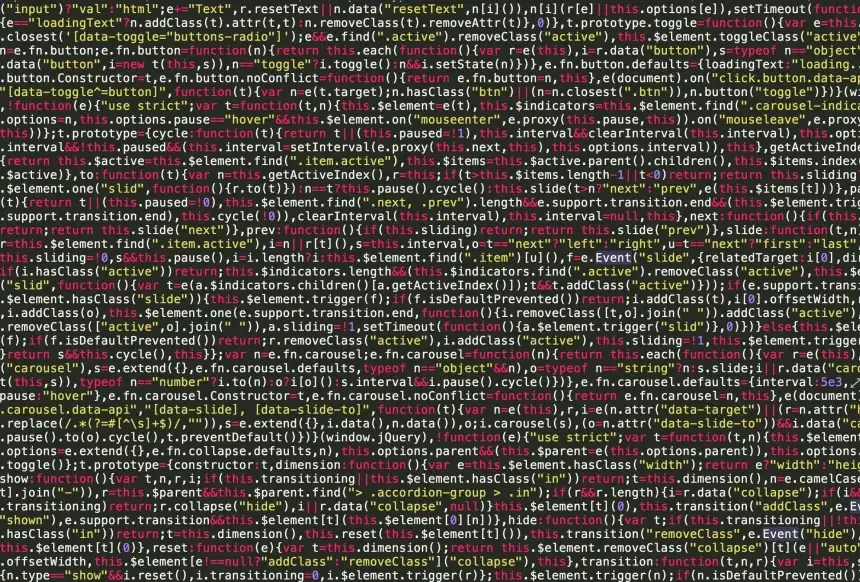Python: The Everlasting Favorite
Python has been one of the most popular and versatile programming languages for years, and its relevance is not fading anytime soon. The language’s simplicity and powerful capabilities make it ideal for a wide range of applications, from web development to artificial intelligence.
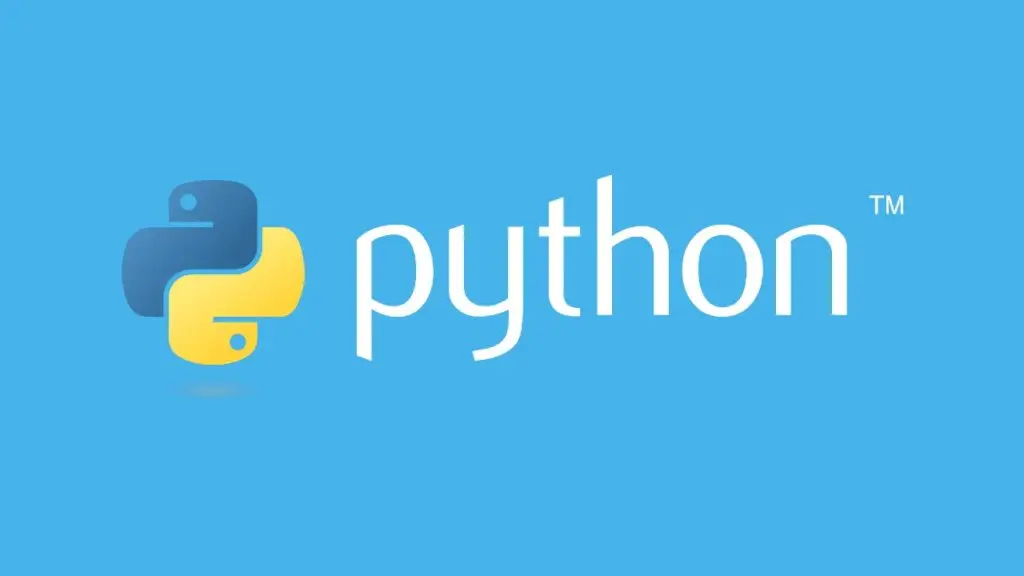
Why Python Will Remain in Demand
- Machine Learning and AI: Python’s rich libraries like TensorFlow, PyTorch, and Keras make it a go-to language for AI development.
- Data Science: Python is heavily used in data analysis, with powerful tools like Pandas, NumPy, and Matplotlib that allow for seamless manipulation of datasets.
- Automation: Python’s easy syntax makes it perfect for writing scripts to automate repetitive tasks, a skill that’s increasingly necessary in the digital era.
Python is also popular among beginners due to its readability and comprehensive community support. With a solid foundation in Python, developers can branch into multiple fields such as data science, AI, web development, and more.
JavaScript: Powering the Web
JavaScript continues to be the dominant language for web development, and it will maintain its stronghold in 2025. As more applications shift to web-based environments and the demand for interactive and real-time user experiences increases, JavaScript will remain a crucial skill.
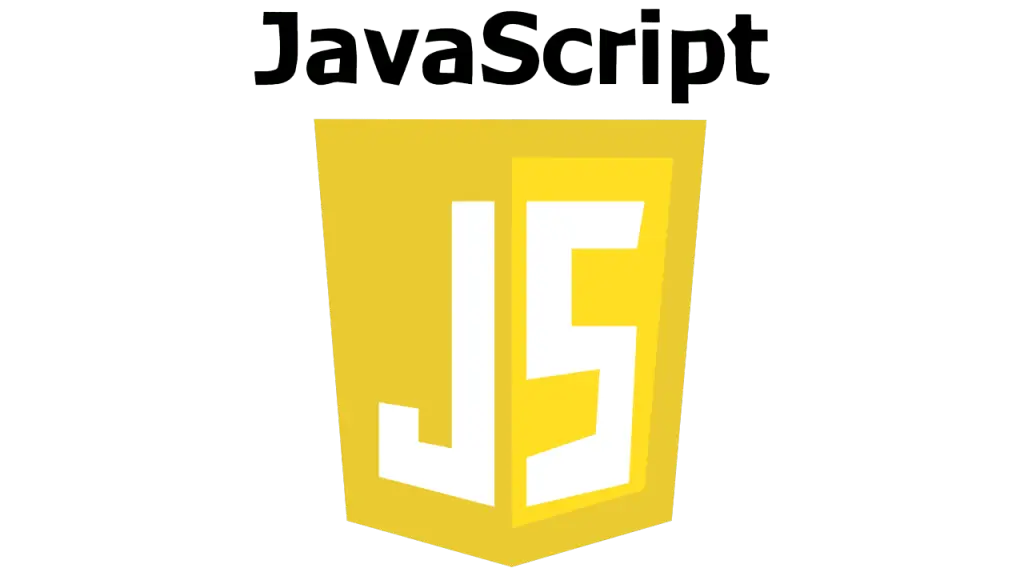
Key Reasons for JavaScript’s Popularity
- Front-End Development: JavaScript frameworks like React, Angular, and Vue.js are widely used in building responsive, interactive web applications.
- Back-End Development: With the rise of Node.js, JavaScript is now commonly used for server-side programming, making it a full-stack solution.
- Growing Ecosystem: The language’s robust ecosystem of libraries and frameworks means there’s virtually no limit to what developers can achieve with JavaScript.
In 2025, JavaScript will be indispensable for any developer looking to work in web development, mobile app creation, or even game design.
Java: Enterprise-Level Stability

Java has long been known for its stability, security, and scalability, making it the backbone of enterprise-level applications. Despite the emergence of newer languages, Java continues to power large-scale applications in financial services, healthcare, and government sectors.
Why Java Will Stay Relevant
- Enterprise Applications: Java is trusted for building highly secure, scalable, and maintainable enterprise solutions.
- Android Development: Although Kotlin is gaining ground, Java remains one of the main languages for Android app development.
- Cross-Platform Compatibility: Java’s “write once, run anywhere” philosophy makes it ideal for developing cross-platform applications.
Given its extensive use in critical systems, developers with Java expertise will continue to be in high demand through 2025.
Kotlin: The Future of Android Development
Kotlin, a modern programming language that runs on the Java Virtual Machine (JVM), has rapidly gained popularity in the Android development community. Google declared Kotlin the preferred language for Android app development in 2019, and this endorsement has propelled its usage significantly.
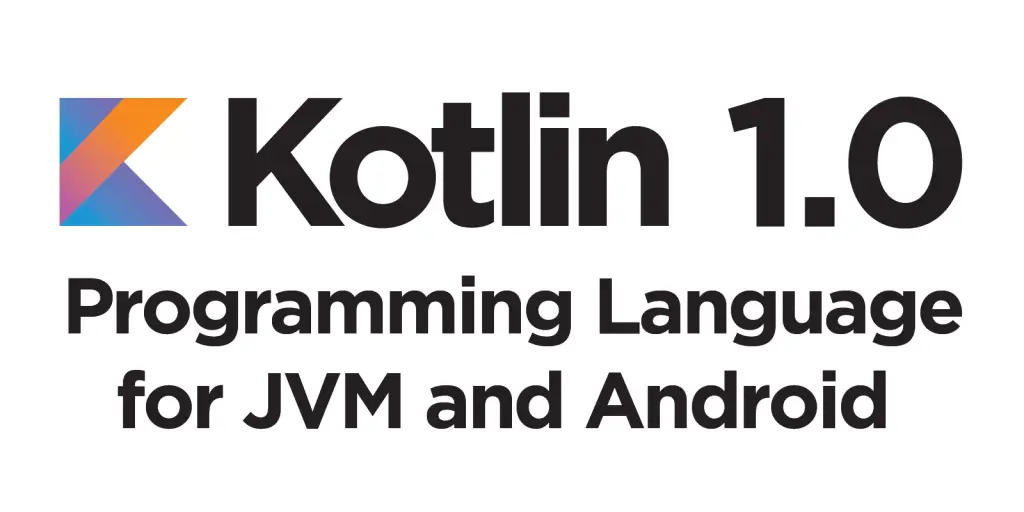
Why Kotlin Will Be Crucial in 2025
- Android First: As the demand for mobile applications continues to grow, Kotlin will be essential for Android developers.
- Interoperability with Java: Kotlin is fully interoperable with Java, allowing developers to use both languages in the same project without compatibility issues.
- Developer-Friendly: Kotlin addresses many of the drawbacks of Java, such as verbosity, and makes coding more concise and error-free.
Kotlin’s rise reflects the increasing demand for modern, efficient mobile development languages, which will remain a trend well into 2025.
Go (Golang): The Cloud Era’s Powerhouse
Go, also known as Golang, is a programming language developed by Google. It has gained considerable attention for its efficiency in building scalable systems, particularly in cloud computing and DevOps environments.

Why Go Is Growing Rapidly
- Cloud-Native Development: Go is perfectly suited for building microservices and cloud-based applications, making it a top choice in the cloud computing era.
- Concurrency Support: Go’s built-in support for concurrency allows it to handle multiple tasks simultaneously, a key requirement for modern server architectures.
- Simple Yet Powerful: Go is designed to be simple, with minimal syntax, yet highly performant, making it ideal for both startups and large enterprises.
As cloud computing continues to expand, Go’s utility in building high-performance cloud applications will cement its place as one of the top programming languages for 2025.
Rust: Systems Programming and Beyond
Rust is a systems programming language that focuses on speed and memory safety. It has been celebrated for its ability to prevent memory leaks and concurrent programming errors, making it a favorite among developers who work on performance-critical applications.
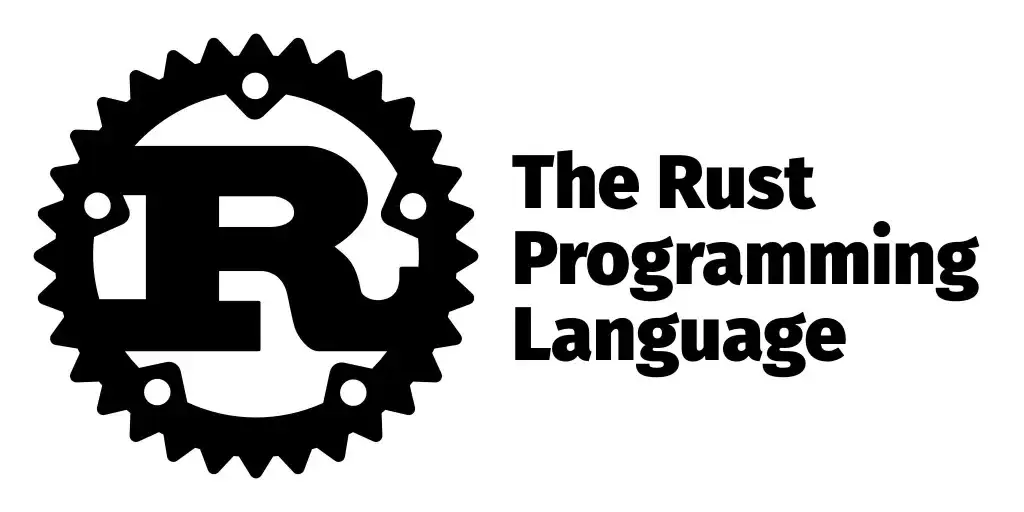
Why Rust Will Thrive in 2025
- Memory Safety: Rust’s ownership model eliminates common bugs related to memory leaks, which are especially problematic in systems programming.
- Performance: Rust is as fast as C++ but safer, making it ideal for performance-critical tasks like game engines, operating systems, and browser engines.
- Growing Community: As more developers recognize Rust’s benefits, the language is rapidly growing in popularity, especially for tasks that require high performance and security.
Rust is an excellent choice for developers working in industries where performance and security are paramount, such as blockchain, cybersecurity, and IoT.
Swift: iOS Development at Its Best
Apple’s Swift programming language, released in 2014, has quickly become the standard for iOS and macOS development. Swift’s concise syntax and powerful performance make it an ideal choice for building Apple ecosystem applications.
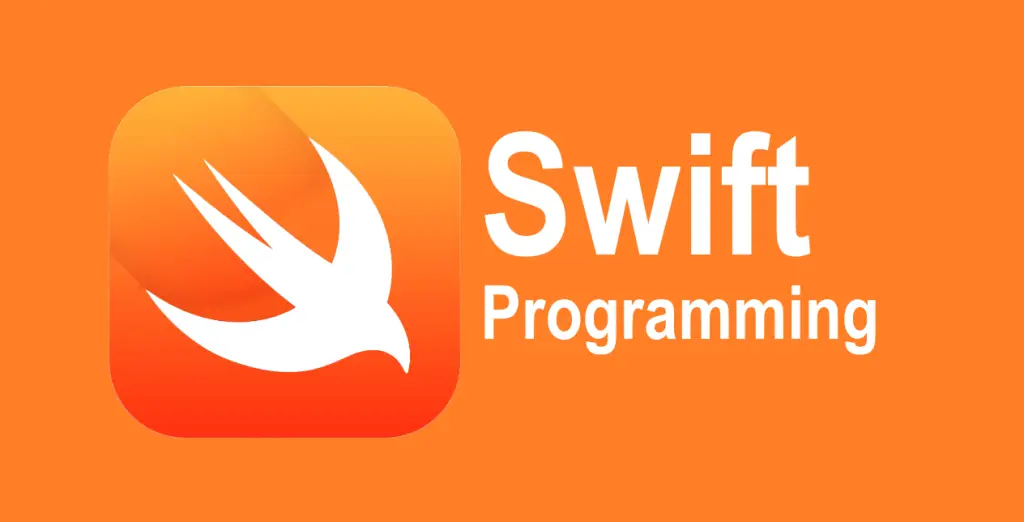
Why Swift Will Be Essential by 2025
- iOS Dominance: The iPhone’s dominance in the mobile market means that demand for Swift developers will continue to grow.
- Ease of Use: Swift is designed to be fast, safe, and easy to write, allowing developers to build robust apps quickly.
- Support for Future Technologies: As Apple integrates more AI and AR features into its products, Swift will be the language that powers many of these innovations.
In 2025, developers with Swift expertise will find a wealth of opportunities in mobile development, especially within the Apple ecosystem.
TypeScript: JavaScript, Evolved
TypeScript is a superset of JavaScript that adds static typing, making it easier to manage large codebases and catch errors early in the development process. As web applications grow more complex, TypeScript’s benefits are becoming increasingly clear.
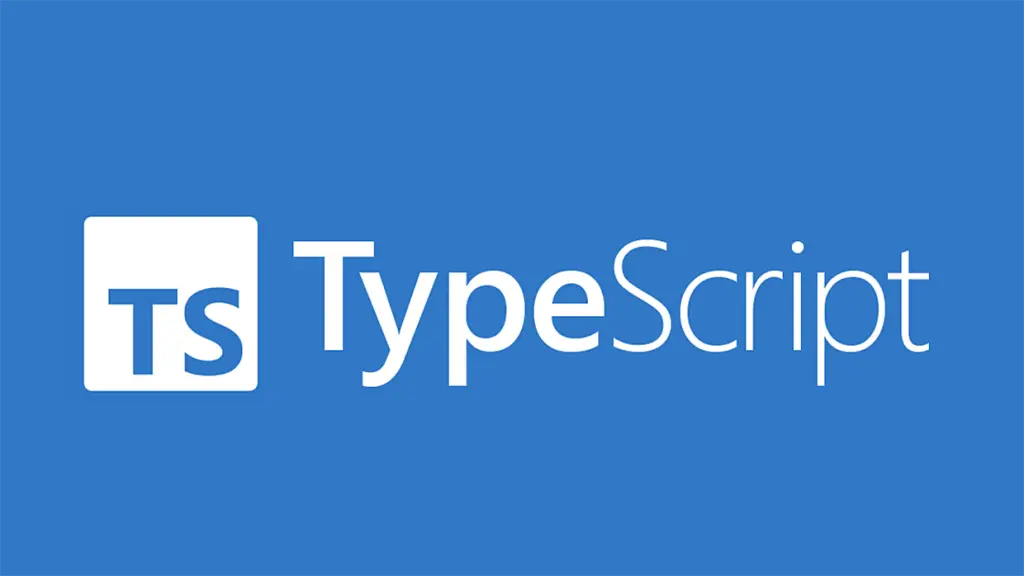
Why TypeScript Will Continue to Rise
- Static Typing: TypeScript’s typing system helps prevent runtime errors and makes it easier to refactor large codebases.
- Seamless Integration with JavaScript: TypeScript is fully compatible with JavaScript, meaning developers can gradually adopt it without a complete rewrite of existing code.
- Large-Scale Applications: TypeScript is especially useful for building and maintaining large applications, making it a staple for enterprise-level projects.
With more companies adopting TypeScript to build scalable and maintainable software, its relevance will only increase by 2025.
SQL: The Language for Data
Though SQL is not new, it remains one of the most in-demand programming languages, especially as data becomes a more critical asset for businesses.

Why SQL Is Timeless
- Data Management: SQL is the go-to language for interacting with databases, which are essential for storing and retrieving data.
- Data Science and Analytics: With the rise of big data, SQL’s role in managing and querying large datasets is more important than ever.
- Compatibility with New Technologies: SQL remains compatible with newer technologies like cloud-based databases, ensuring its continued relevance.
As companies rely more on data to drive decision-making, SQL will continue to be a critical skill for developers and data professionals in 2025.
The Future of Programming: Emerging Trends
Artificial Intelligence and Machine Learning
AI and machine learning (ML) are among the fastest-growing fields in tech, and this trend will only accelerate by 2025. Python will continue to dominate this field due to its rich ecosystem of AI libraries, but other languages like R and Julia are also making waves in data science and AI development.
Languages Leading AI
- Python: Best for machine learning, AI, and data science.
- R: Strong in statistical analysis and visualization.
- Julia: Rising in demand for high-performance numerical computing.
Blockchain Development
Blockchain technology is revolutionizing industries such as finance, supply chain management, and healthcare. Solidity, a language used for writing smart contracts on the Ethereum platform, is becoming increasingly important for developers who want to work on blockchain applications.
Key Language for Blockchain
- Solidity: Essential for writing smart contracts on blockchain platforms.
FAQs Section
Which programming languages should I learn in 2025? The top languages to focus on are Python, JavaScript, Java, Kotlin, and Go, with growing interest in Rust and TypeScript for specific applications.
Is Python still in demand for 2025? Yes, Python remains highly in demand due to its role in AI, machine learning, data science, and automation.
Why is Go gaining popularity? Go is ideal for cloud-native development and systems programming, making it a popular choice in the DevOps and cloud computing communities.
Should I learn Swift for mobile development? If you want to develop iOS apps, Swift is a must-learn language and will be increasingly relevant as mobile app demand grows.
What role will SQL play in 2025? SQL will continue to be crucial for data management, analysis, and retrieval, especially as data-driven decision-making becomes more widespread.
Is Rust better than C++? Rust offers similar performance to C++ but with better memory safety features, making it a strong choice for systems programming in 2025.
Conclusion
The programming landscape is continually evolving, and the languages in demand today may not hold the same weight in the future. However, by focusing on Python, JavaScript, Java, Kotlin, Go, Rust, and SQL, you’ll ensure that your skill set is future-proofed for 2025 and beyond. Each language has its strengths, whether in AI, web development, cloud computing, or mobile applications. By investing time in mastering these languages, you’ll position yourself as a versatile and in-demand developer.
Call to Action: What programming language do you think will be the most in-demand by 2025? Share your thoughts in the comments below! Don’t forget to subscribe to our newsletter for more tech insights and career tips.
Internal Links:
External Links:

